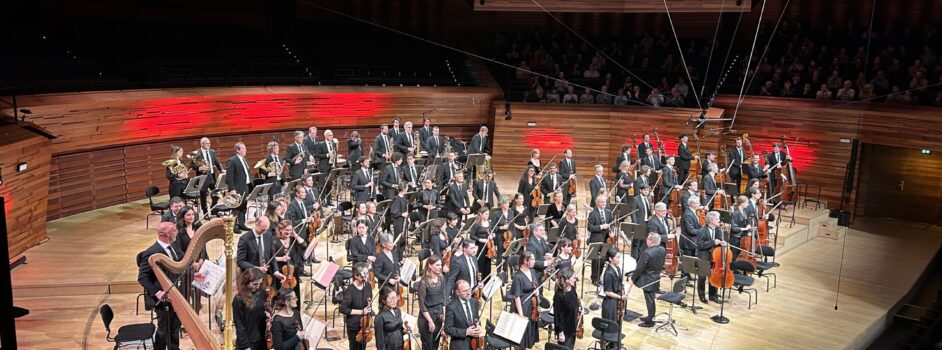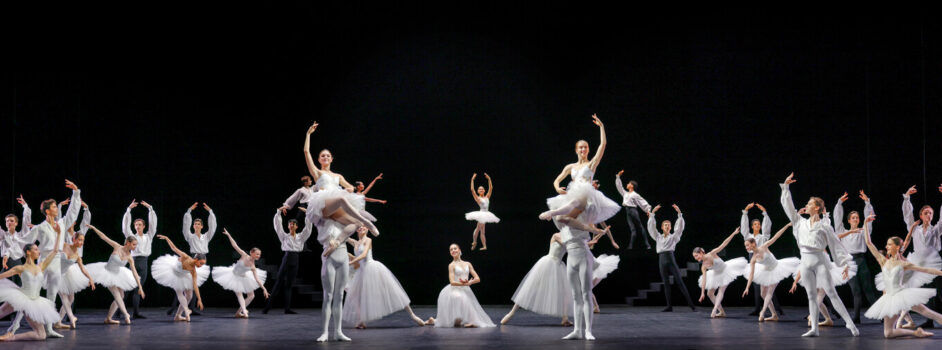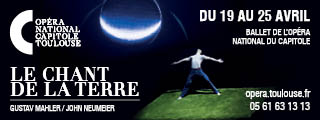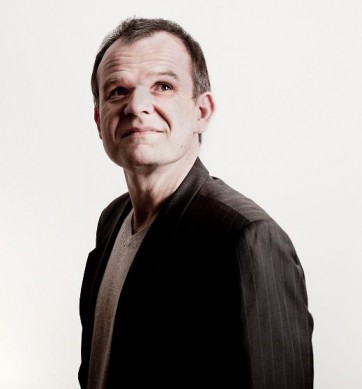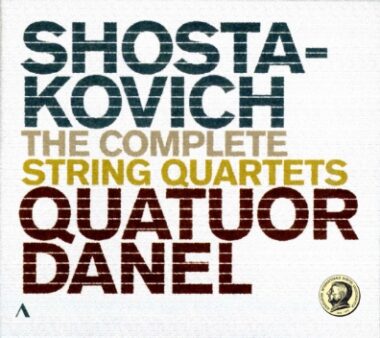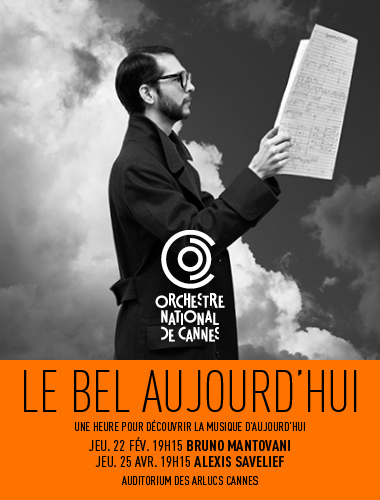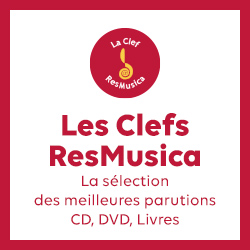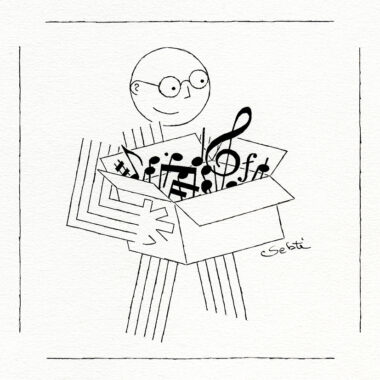Plus de détails
Helsinki. Helsinki Music Center. 1-IV-2015. Béla Bartók (1881-1945): Dance Suite; Viola Concerto; Music for Strings, Percussion, and Celeste; György Kurtág (b. 1926): Mouvement for viola and orchestra. Tabea Zimmermann: viola, Finnish Radio Symphony Orchestra, Francois-Xavier Roth: conductor.
Roth managed to find the elusive balance between rustic coarseness and refinement.
Francois-Xavier Roth is a not a stranger to the Finnish RSO, having previously directed these forces in a varied and satisfying program of Mantovani, Eötvös, and Strauss. On this evening's concert, Roth returned with an all-Hungarian program featuring the music of Bartók and Kurtág. Based on the results, it is clear that his rapport with the orchestra has remained intact.
The program opened with Bartók's Dance Suite, which accordingly puts the composer's affinity for folk music on clear display. The opening movement benefited from excellent and characterful woodwind playing, which seemed to foreshadow the « game of pairs » second movement in the Concerto for Orchestra. Throughout the piece, Roth managed to find the elusive balance between rustic coarseness and refinement; the folk-music elements were brought to the fore without being overemphasized.
Kurtág's Mouvement is an early work, dating from the year 1954. Not surprisingly, the work bears little immediate resemblance to the composer's present style. The work opened with inquisitive tritones, which then bloomed into consonance. Hints of Bartók and late romantics hovered nearby. The conventionally virtuosic viola writing added to the work's sense of grand romantic sweep. The final D major chord which concluded the work felt both jarring and inevitable.
Placing Bartók's Viola Concerto after the Kurtág made for an interesting contrast; the work of a young composer trying to find his voice next to the final work of a master composer.
Similar to Bartók's other late orchestral works, the Viola Concerto gave little indication that its creator was terminally ill. The opening movement began inquisitively, and despite placing some truly virtuosic demands on the soloist, the music maintained an overall sense of lyricism. The second movement featured some extraordinarily hushed and beautiful passages of stillness, while the final movement was an exciting ride through a series of folk dances.
The soloist in both of these works was Tabea Zimmermann. While her performance of the Kurtág displayed her sensitive musicianship and confident virtuosity, it was the Bartók which revealed her tremendous artistic depth. Her movements, articulations, and attention to detail went beyond simply interpreting the music, but channeling it instead.
The program closed with Bartók's Music for Strings, Percussion, and Celeste. The austere opening movement was taken at a fairly brisk clip, giving the music an extra sense of forward momentum. The second movement featured a confidently executed interplay between percussion and pizzicato strings, while Roth brought out the playfully abrasive nature of the fourth movement.
Credit photo François-Xavier Roth: François Sechet
Plus de détails
Helsinki. Helsinki Music Center. 1-IV-2015. Béla Bartók (1881-1945): Dance Suite; Viola Concerto; Music for Strings, Percussion, and Celeste; György Kurtág (b. 1926): Mouvement for viola and orchestra. Tabea Zimmermann: viola, Finnish Radio Symphony Orchestra, Francois-Xavier Roth: conductor.

